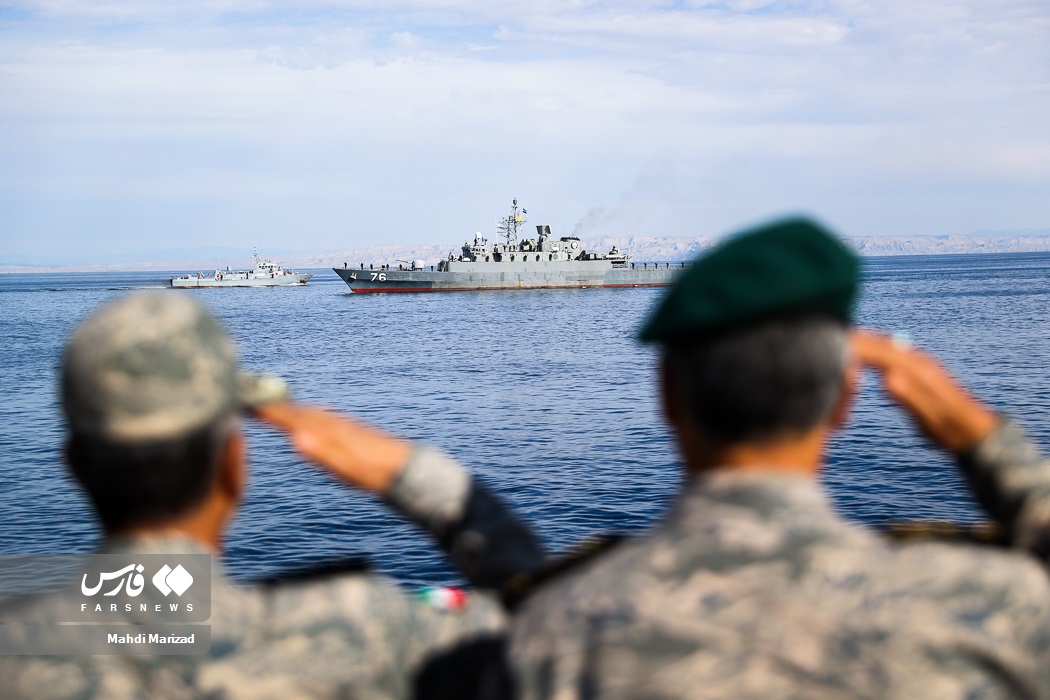ARTICLE AD BOX
BRIT warship HMS Diamond has returned from her Red Sea mission to thwart Iran-backed rebel attacks with new drone-killing markings.
The battle-hardened Royal Navy destroyer is proudly sporting the nine fresh victory marks after defending herself and commercial ships against a wave of Houthi attacks.
 The WW2-style kill markings are being shown off on HMS Diamond’s starboard side
The WW2-style kill markings are being shown off on HMS Diamond’s starboard side AP
AP
 Reuters
ReutersHMS Diamond was spotted in Gibraltar over the weekend after a months-long deployment in the hostile waters of the Red Sea, where Houthi rebels continue their relentless campaign of aggression.
The Type 45 destroyer pictured with nine drone silhouettes plastered on its starboard side – kill counts of what appear to be seven Samad-type kamikaze drones, one Mersad and one Shahed (Wa-aed).
In the World War 2 tradition, mission markings are often painted onto combat aircraft and ground-based air defence systems – but are rarely used on warships.
During her time in battle, HMS Diamond was frequently forced to defend herself against Houthi ambushes – blasting their drones out the sky.
HMS Diamond was replaced by Type 23 Frigate HMS Richmond, who is now serving as the UK’s main warship contribution to the US-led task force Operation Prosperity Guardian – acting as a show of force to the Iranian terror proxy.
Announcing the end of her mission last week, the MOD said: “The destroyer came under fire in three separate attacks by Iranian-backed Houthi rebels, successfully destroying nine drones using her world-class Sea Viper missile system and guns.
“The UK continues to be at the forefront of the international response to the Houthis’ illegal attacks on commercial shipping.”
On January 9, HMS Diamond with US support shot down a barrage of 18 drones, two anti-ship cruise missiles and one anti-ship ballistic missile hurtling towards it.
It used its fearsome Sea Viper missiles and 30mm DS-30B cannon – which can fire 650 rounds per minute and hit fast moving aircraft more than 1.7miles away – to down at least eight of the UAVs.
At the end of January, HMS Diamond was forced to protect itself again from a Houthi attack and use its fearsome Sea Viper missiles – only the third time the missiles have been used in combat.
Defence Secretary Grant Shapps added last week: “The UK is committed to protecting freedom of navigation.
“I visited HMS Diamond in January and thanked the Ship’s Company for their incredible work defending freedom of navigation, saving innocent lives and ensuring merchant shipping is protected from the illegal Houthi attacks.
“I am confident that HMS Richmond will carry on her impressive work.”
It follows months of drone and missile attacks by the Houthis that have put £1trillion worth of global trade at risk and sent shipping prices soaring by 170 per cent.
The militia group, which controls large swaths of Yemen, claim to be targeting vessels with links to Israel in retaliation for their devastating offensive inside Gaza.
But there have been frequent attacks on commercial vessels with little or no link to Israel – forcing global sea traffic to halt operations in the region and sail around Africa.
The Royal Navy’s Type 45 destroyers are soon set to receive anti-ballistic missile capabilities in the wake of the Houthis frequent use of anti-ballistic missiles to target ships in the Red Sea.
 www.twitter/@key2med
www.twitter/@key2medWho are the Houthis?

THE Houthi rebels are terrorising the Red Sea by launching persistent missile and drone attacks on vessels and warships - but who are they?
The Shia militant group, which now controls most of Yemen, spent over a decade being largely ignored by the world.
However, since the outbreak of the Israel-Gaza war they sprung from relative obscurity to holding roughly £1trillion of world trade hostage – turning one of the world’s busiest shipping lanes into an active warzone.
Their warped slogan is “Death to America, Death to Israel, curse the Jews and victory to Islam”.
Why are they attacking ships?
The rebel group has been launching relentless drone and missile attacks on any ships – including warships – they deem to be connected with Israel in solidarity with their ally, Hamas.
However, in reality there have been frequent attacks on commercial vessels with little or no link to Israel – forcing global sea traffic to halt operations in the region and sending shipping prices soaring.
The sea assaults have threatened to ignite a full-blown war in the Middle East as intense ripples from Israel’s war in Gaza are felt across the region – with Iran suspected of stoking the chaos.
Houthi attacks in the Red Sea increased 50 per cent between November and December as the rebel group’s chiefs pledged their assaults would continue until Israel stopped its offensive in Gaza.
And despite repeated threats from the West and joint US and UK strikes blitzing their strongholds in Yemen – Iran’s emboldened terror proxy appears undeterred.
 The warship countered a Houthi ambush at the end of January
The warship countered a Houthi ambush at the end of January PA
PA AP
AP The moment before the Houthis attacked and seized the Galaxy Leader cargo ship in late November
The moment before the Houthis attacked and seized the Galaxy Leader cargo ship in late November
.png)
 9 months ago
5
9 months ago
5








 English (US)
English (US)